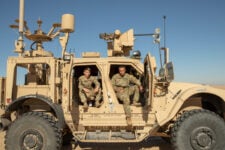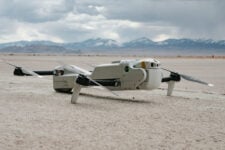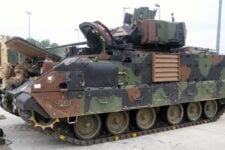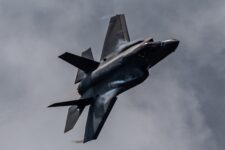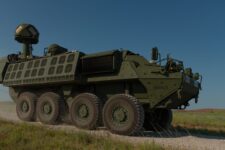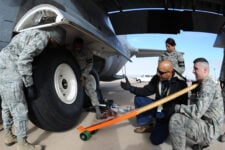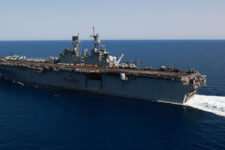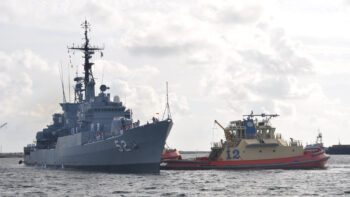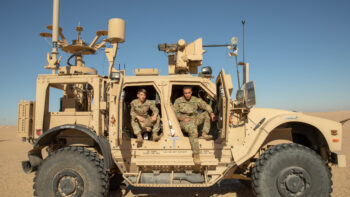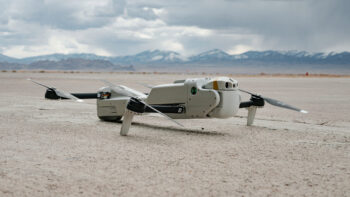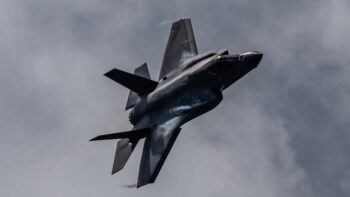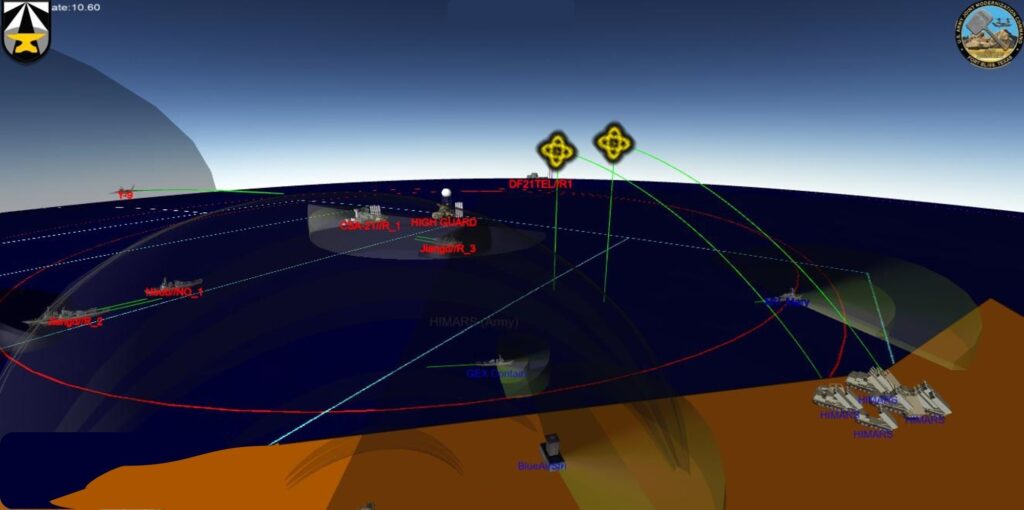
JADC2, Joint Modernization Command image
WASHINGTON: The Pentagon’s draft JADC2 strategy, designed to allow Combatant Commanders to manage future All Domain Operations, is in the hands of Chairman of the Joint Chiefs of Staff Gen. Mark Milley for review, a spokesperson for the Joint Staff confirms in an email.
As Breaking D readers were first to know, the draft strategy was crafted by a Joint Cross Functional Team led by the Joint Staff J6, Command, Control, Communications, & Computers/Cyber. The strategy has five lines of effort, Marine Corps Lt. Gen. Dennis Crall, J6 director, told me in an exclusive interview. The strategy also includes milestones for the services and DoD agencies to meet in its implementation, and a new process for the Joint Requirements Oversight Council (JROC) to ride herd on that process, he explained.
The defense industry is swinging behind this effort. Digital engineering. Open software standards. Edge processing. Connectivity. Autonomy. DevSecOps. The buzzwords are flying as defense contractors jockey to tout their respective capabilities as DoD’s plans for Joint All-Domain Command and Control (JADC2) begin to manifest — and new business opportunities.
“JADC2 is an emerging area,” said Brian Humphries, Northrop Grumman’s communications director, in a press briefing yesterday in advance of tomorrow’s Air Force Association (virtual) conference. “Some 12 months down the track [from last year’s Winter AFA], there’s been a significant increase in interest in JADC2.”
(His observation is reflected in the AFA agenda this year, which includes three separate industry panels on JADC2 — one each day of the show — and another panel on digital engineering.)
“We’ve got to act seamlessly as one Joint Force across all the domains. And at machine speed. So, to help our customers achieve that we are leading with a digital mindset. And we’re using the latest technologies to create capabilities for our defense customers that is greater than the sum of all the individual parts, committed to providing the latest technology for the integrated multi-domain battlespace,” Boeing’s Mark Rasnake, who carries the unwieldy title of Advanced Battle Management System Enterprise Capture Lead, told reporters on Friday.
SAIC now is working to ensure that its different business units involved in airborne and space systems are working together on common “communications and data architectures” to support JADC2, Jim Light, SAIC’s senior director for space strategy, told me in an interview Monday.
Lockheed Martin was ahead of the curve, hosting wargames in 2017 with the Air Force, other services and allies starting in to test ways to wage multi-domain operations. Most recently, the Air Force added the firm to its platformONE project for securely building software, the company announced Feb. 1. “Software is at the heart of every system we deliver, and we understand the DoD’s urgent need for faster deliveries, more powerful mission capabilities, and open-source, open-architecture foundations for software,” said Yvonne Hodge, senior vice president of enterprise business transformation at Lockheed Martin.
Raytheon Technologies is positioning its Intelligence & Space unit as a provider of the “glue” needed to hold together future systems of systems under the JADC2 concept, Roy Azevedo, president of RI&S, told me back in July.
“Open systems architecture is the enabler for multi-domain operations,” said Paul Meyer, vice president for Space & C2 Systems for RI&S said in a January press release. “The market is changing, and we’re at the front of it. Across domains, we’re designing systems with open systems architectures and interoperability in mind. That’s going to allow systems to talk to one another.”
Indeed, industry reps say, the individual services now are stepping up to figure out to make JADC2 a reality, including putting together concrete assessments of what new capabilities they will need — not just to enable current platforms with stovepiped communications systems to talk to each other, but also to build future C2 networks that can link to each other.
The Air Force’s Advanced Battle Management System; the Army’s Project Convergence; and the Navy’s Project Overmatch “all want to fit into the JADC2 construct, but they’re really service specific,” explained Scott Stapp, Northrop’s chief technology officer, during yesterday’s briefing. And in many ways, those projects are first focused on creating service-specific analogs to the commercial Internet of Things (IoT), he said.
Stapp noted that Northrop Grumman is working to match its own R&D initiatives to the needs of the services, which are all at different phases in their development of JADC2-related capabilities. But the company’s end goal, he said, is to craft its technology “to make sure everything we do does not prohibit them from connecting in the future.”
For example, said Kenn Todorov, Northrop Grumman sector vice president, the company has developed the Joint Integrated Fire Command Control and Communications concept to serve as an interface for existing service C2 nodes.
Indeed, ABMS after some 18 months of experimental research and development, has transitioned its first “products” to the Air Force Rapid Capabilities Office (RCO) for formal acquisition. Northrop Grumman, Boeing, Lockheed Martin, SAIC and Raytheon all are among the 93 companies, large and small, that have received Air Force indefinite delivery/indefinite quantity (ID/IQ) contracts, with a ceiling of $950 million, since last summer for ABMS-related work.
The Army last year began Project Convergence experiments using its missile warning network IBCS — for Integrated Air & Missile Defense (IAMD) Battle Command System — as a linch pin for connecting to aircraft, including the Air Force’s fleet of F-35 stealth fighters.
On the other hand, the Navy’s Project Overmatch is really just beginning.

